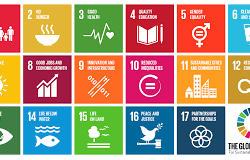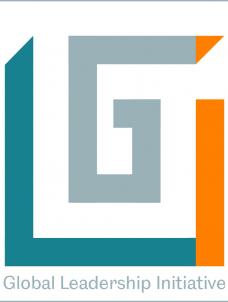Land Rights and the SDGs: Is Progress on the Ground all it seems to be in the Political Arena?

The Sustainable Development Goals (SDGs) are the largest international framework set to achieve a better and more sustainable future. The 17 goals cover a broad range of areas, including land rights related issues such as tenure security and food security. Everyone has a relationship with land through the food we eat, even if we have otherwise become disconnected from it. There are 15 land-related indicators in the SDGs out of the total of 203 and these cover aspects of land rights ranging from sustainable land use and management to land conflict to land security.
Whilst the SDGs are widely accepted as an ideal global framework for development, several critiques of the SDGs emerged during discussions at the Global Land Forum 2018 in Bandung, Indonesia. The biggest grievance on part of the civil society organisations present at the forum is probably the fact that it is a voluntary framework and governments have a lot of room within it to define the terms. Even the definition of sustainable development, which is otherwise universally accepted, is not mandated in the agreement and governments are free to choose their own definition and identify priorities. Organisations and IP rights defenders rightfully fear that this has lead some governments to prioritize economic development over social development.
Furthermore, a disconnect has emerged between UN level discussion on the SDGs and the actual development issues faced by people on the ground – many of whom feel left behind by the SDG framework. Many of the civil society and Indigenous organisations represented at the Global Land Forum are tired of seeing politicians patting each others backs and celebrating progress on the targets, when they face daily challenges in access to land and resources and are hindered by corporations and governments alike in securing their land rights. Their opinions were well summarised by Michael Rice from the organisation ‘Both ENDS’: “There is a gap between talk about SDGs on UN level and local realities. Communities are not thinking about indicators, they are concerned about their land being taken by large businesses.”
Part of the problem with land rights and SDGs is the lack of clear inclusion of diverse tenure system rights, such as communal forests or collectively owned land. There is no indicator specifically measuring progress on this issue – an issue that is highly relevant for Indigenous Peoples. The implementation gap in the framework is easily exposed. Although the Indonesian government has signed on to the SDGs, including the targets related to land rights, it has repeatedly refused to provide support to Indigenous peoples in their struggles against large international investors who grab land from local Dayak communities to establish palm oil plantations.
It is clear that much more needs to be done to translate the SDGs into real and meaningful change on the ground in the daily lives of communities, particularly when it comes to achieving the land-related targets. The civil society organisations present agreed to push governments further to achieve real progress on these ambitious goals and ensure land rights are not forgotten. This cannot be achieved without the support of the international community.
To read more from the team of GLI policy analysts at the GLF, please click here.
The student team comprises Jessica Burrows, Anwesha Chakraborty, Rebecca Claydon, Anna Fish, Bastian Harth, Calvin Kumala, Zuzana Majcova and Robyn Stewart. They are joined by Dr Charis Enns from the Department of Geography and Dr Philipp Horn from the Department of Urban Studies.



